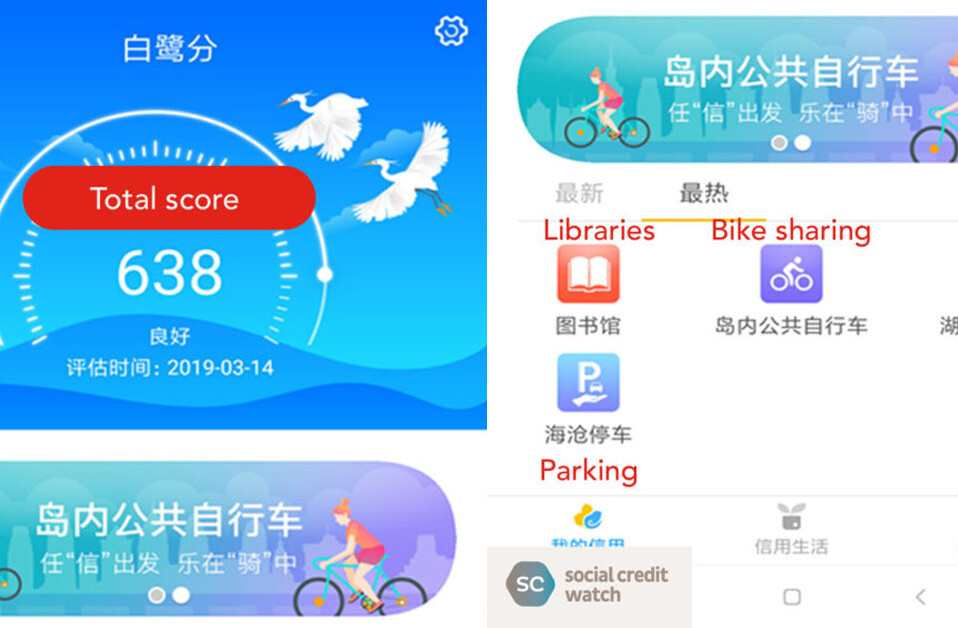
Chinese Internet giant Sina has grown its Weibo microblogging service past 400 million registered accounts, but it acknowledged competitive pressure from rival Tencent’s WeChat messaging app as time spent on Weibo was down. The news comes as the company Sina reported third quarter earnings of $152.4 million in revenue and $9.9 million in net income.
Sina saw a 17 percent growth in net revenues year-over-year during the period, but its fourth quarter guidance was cautious. The company said it expects non-GAAP net revenues to be between $132 million and $136 million. Its non-advertising revenues are expected to take a dip, though, as its Mobile Value Added Services revenue is projected to drop between $8-9 million because of new operator policies.
Last quarter, Sina reported $131.6 million in revenue and $33.2 million in net income.
Though Sina is largely acknowledged to have won the battle of the microblog against the larger Tencent, WeChat has ramped fast, hitting 200 million users earlier this year. With the rise of WeChat as the latest new thing, the buzz around Weibo has settled some.
Like many of its domestic competitors, Sina is still trying to figure out how to transition to mobile, or rather, how to make money off it as users sign on increasingly on the go. Weibo is already seeing more mobile traffic than PC traffic. 72 percent of users access the service from either mobile or mobile and PC, up from 69 percent in the second quarter.
During the peak of the London Olympics traffic, Sina’s Web portal managed to hit almost 50/50 mobile to PC visitors, up from a usual 2:1 ratio in favor of PCs.
“China’s PC usage has peaked. Going forward, the majority of increase will come from mobile terminals,” CEO Charles Chao said during a conference call to discuss the results. “We want to set a mindset: mobile first, for all product lines.”
Sina’s efforts to monetize Weibo and the mobile experience are culminating in a new mobile-focused payment system that will launch this quarter. The company is also getting ready to roll out a Twitter-like promoted feed feature that will let SMEs and users self-support in-feed ads.
“Mobile monetization is a challenge for all of us,” Chao said, noting that roughly 15-20 percent of Weibo advertising comes from mobile. Total revenue from Weibo was said to be roughly $22-23 million.
Sina also pointed out that larger macroeconomic conditions are part of the cause for conservative guidance. The company said that it witnessed the market cooling down “quite significantly” beginning in September. Tension between China and Japan is having a small effect on the business, with company executives estimating a negative impact of $3 million due to advertising cancellations from Japanese customers in the automobile and electronics industry.
The two countries are currently locked in a territory dispute over a group of islands, and a small minority of Chinese citizens have lashed out against Japanese-brand cars. As a result, Japanese companies have scaled back their operations in the country while they wait for the issue to be resolved.
Chao also revealed that Weibo currently has 230,000 enterprise accounts, a number that is in-line with Sina’s internal targets.
When questioned about the competitive impact of WeChat, Sina’s CFO Herman Yu said that the difference between the two networks is that Weibo is more for public communication and WeChat is used more for private. He noted that new selective-sharing features added to a Weibo redesign could increase the stickiness of the service and help it ward off its rival.
“Our focus will still be more on the public network side, meaning that we’re going to expand function in this area so that people can share information more freely and the content distribution will be much more efficient and faster on the Weibo side,” Yu said.
Get the TNW newsletter
Get the most important tech news in your inbox each week.




